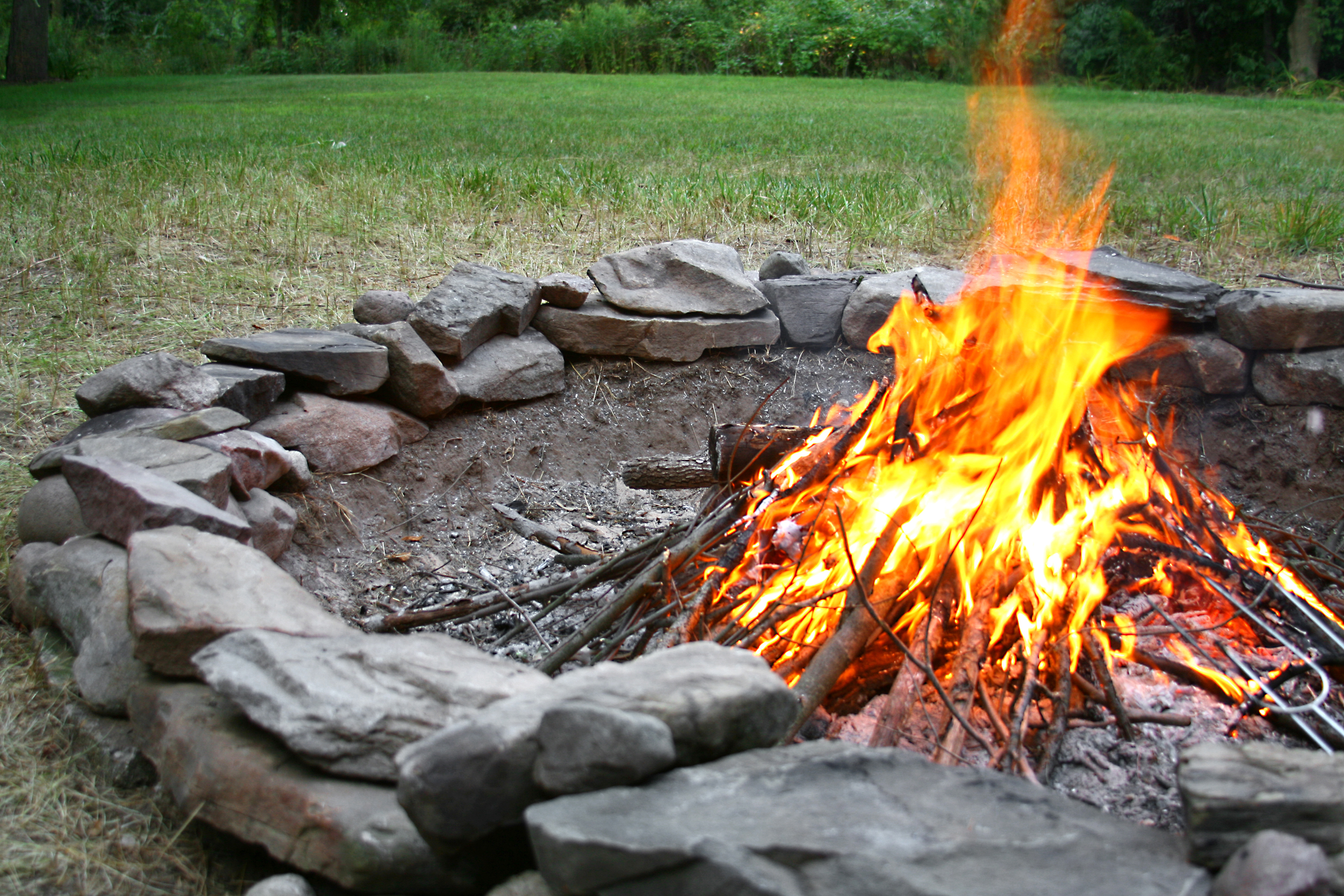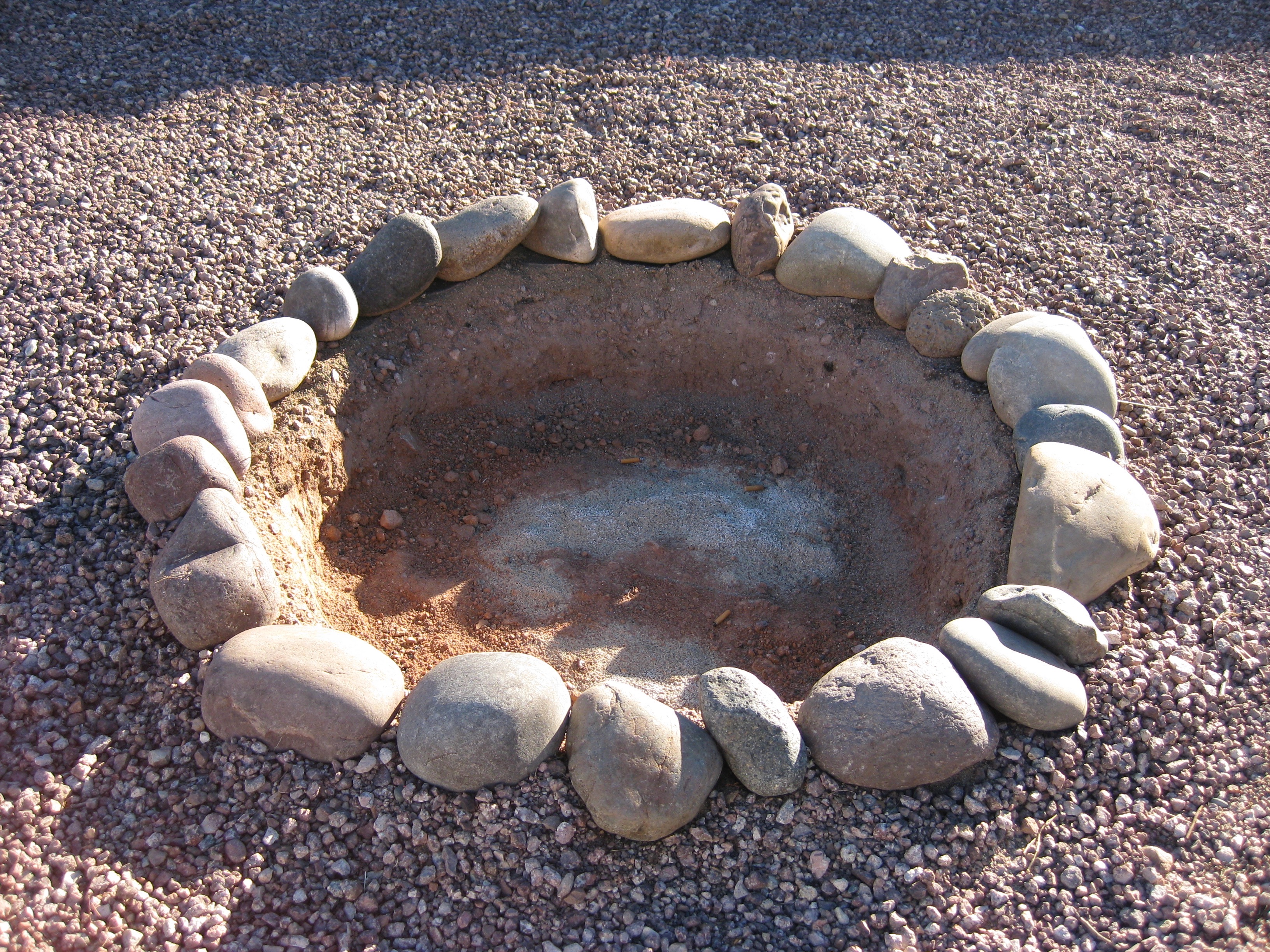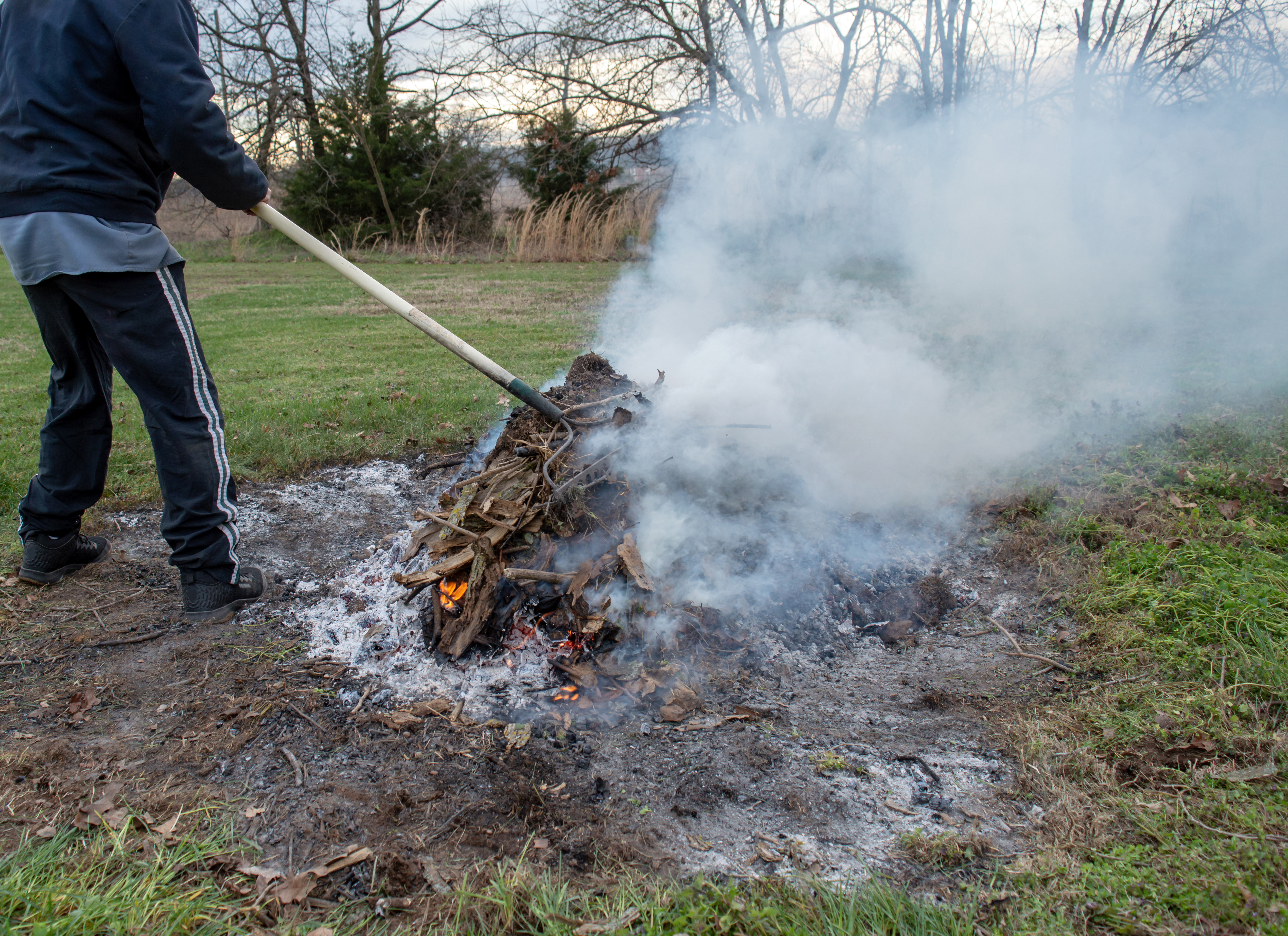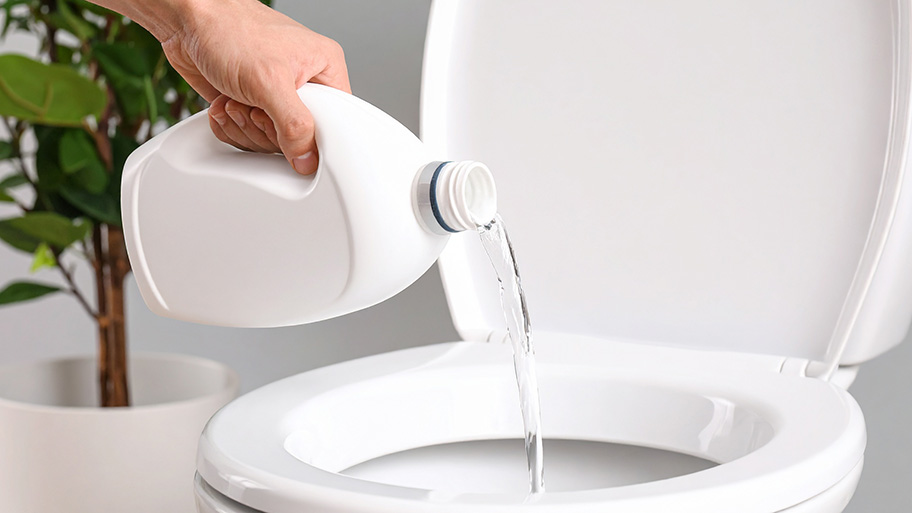
Mattresses are considered hazardous waste, so you’ll likely have to pay disposal fees. Use this guide on mattress removal costs to see what your total will be.
You can watch your yard mess go up in smoke


Burning yard waste may not be allowed in your area, and if it is, a permit may be required.
DIYing a burn pile takes time and close attention, and mistakes can lead to a dangerous fire that gets out of hand.
A yard clean up pro can haul away all of your debris, including items like poison ivy that are prohibited from being burned.
Between raking leaves and filling containers, yard waste removal can be demanding. Burning is a quick and efficient solution, especially for large amounts of waste. However, fires create risk, and the NIFC reported nearly 58,000 wildfires caused by humans in 2024. Preventing property and environmental damage means taking the proper steps to burn yard waste safely.
Always consult with your local municipal authority before burning yard waste, as they will have specific rules about what materials are acceptable for burning. However, natural yard debris grown on the property, such as dry leaves, twigs, and small branches, is safe because it burns quickly and retains little heat. Ensure logs and branches have had a full year to dry out.
Some materials are banned from burning in many places because they release toxic fumes, retain heat, or flare up unexpectedly:
Fresh or green branches and logs
Christmas trees
Driftwood
Wet, rotted, diseased, or moldy wood
Painted, processed, or treated wood
Cardboard
Construction materials
Weeds and vines
Poison ivy, poison oak, and poison sumac
Tires
Trash and recyclables, especially plastics
Certain types of wood should also never be burned due to the toxic fumes they release. Trees and shrubs to avoid burning include:
Brazilian or Mexican pepper
Cocobolo
Ebony
Laburnum
Manchineel
Oleander
Rosewood
Sassafras
Teak
Yew
The only cost associated with safely burning yard waste is a permit fee. These fees are generally small at around $15 and may apply to just one fire or cover multiple fires burned within an extended period.
You don’t need a permit for closed burning, which refers to burning twigs and branches in a fireplace or wood-burning stove in a controlled environment. Burning large amounts of yard waste in an outdoor pile is called open burning, which is often tightly regulated.
Contact your local fire department or municipal office to determine if open burning is legal in your area, whether any temporary burn bans are in place, and if a permit is required. Once you apply, you must wait for approval before you can burn.
Follow the steps below to ensure a safe burning process for leaves and other yard debris.

Only burn on a clear, still day. Never burn when it’s windy; this can spread the fire beyond your control. You should also never burn during a drought or when the surrounding vegetation is very dry. Some areas will put a burn ban in place during these conditions.
One safe way to burn in winter is to wait until a few inches of snow are on the ground, providing enough moisture to help prevent fires from spreading.
Choose or clear a burning site surrounded by gravel or mineral soil for at least 10 feet in all directions. It should be 50 feet from buildings, overhanging tree limbs, power lines, vehicles, and other flammable objects. You'll also need vertical clearance of at least three times the height of the pile you build.
Wear the following for protection from smoke and flames:
Close-toed shoes
Long sleeves and pants
Leather work gloves
Safety glasses
A respirator or dust mask
You'll need matches or a lighter to start the fire and optional lighter fluid. You’ll also need a way to extinguish the flames and manage flare-ups. This could be a fire extinguisher, a connected hose with a nozzle, or a bucket of sand. You should also have a shovel on hand to dig a pit, help you turn the ashes, and ensure they're fully extinguished.

To safely burn yard waste, dig a pit and line it with bricks or rocks. Create a small, manageable pile to start. You can add more debris as it burns.
Start with a layer of dry twigs and branches three-quarters of an inch in diameter or smaller. Cut larger branches or logs into short lengths and stack loosely for airflow.
Wet the ground around the burn area with water to create a breakpoint if the fire spreads.
Carefully light the fire using matches or a lighter. You can also use an ignition aid such as lighter fluid or fire starter kindling. Never use gasoline, which creates the risk of flare-ups and explosions.

Keep your burn pile small and manageable, adding more debris gradually and carefully as it burns down. You should always have vertical clearance over the fire equal to about three times the height of the pile.
Stay with your fire until it burns out completely, and never leave it unattended. Stand upwind from the fire to avoid inhaling smoke.
Once all your debris has burned, thoroughly douse the fire with water until the flames are extinguished and there are no visible hot spots. Turn the ashes over with your shovel and douse them again. Continue turning and dousing the fire until the area is cool to the touch.
Check the burn area often over the next several days. If the weather is warm, dry, and windy, continue to check for several weeks. If you notice any heat or smoke coming from the ashes, repeat the process of dousing and turning them.
There are many methods for how to remove yard waste, and not all of them require burning. Here are some alternatives to burning.
Composting yard waste materials turns them into nutrient-rich soil that can be used for gardening. You can compost leaves and other plants, although this method won't work for wood. Simply collect the materials in a compost bin or pile, add green materials such as grass clippings, keep the pile moist, and turn it occasionally.
If most of your yard waste comes from raking leaves, you can eliminate the need for raking by mulching leaves with a lawn mower. Simply set your mower blades to the highest setting and run over the leaves. Leave the chopped leaves on your lawn to decompose and enrich the soil.
If your mower has a bag, you can put the leaves out for disposal or use the mulched leaves around trees and in garden beds.
Many municipalities offer separate waste collection services for leaves or other types of yard waste at different times of the year. Contact your local government or waste collection provider for information about pickup schedules and accepted materials.
If you don't have access to municipal waste collection or have specific materials to dispose of, look for a provider who will pick up yard waste on demand.
While burning yard waste is an inexpensive and simple disposal method, you may be unable to or prefer not to burn for safety or legal reasons. You can instead hire a local yard cleanup pro to gather and dispose of your yard waste. Professional yard cleanup costs anywhere from $200 to $600 on average.
From average costs to expert advice, get all the answers you need to get your job done.

Mattresses are considered hazardous waste, so you’ll likely have to pay disposal fees. Use this guide on mattress removal costs to see what your total will be.

Get clear answers on oil tank removal costs, including average prices, key factors, and ways to save. Learn what impacts your project and how to budget.

Need to get rid of paint, solvents, or other chemicals? Use this guide on hazardous waste disposal costs to see what professional removal will cost.

Coolant is essential for vehicle maintenance but can be a safety hazard. Use this guide to learn how to dispose of antifreeze safely at the proper location.

After construction or a yard project, you may wonder how to dispose of dirt. Luckily, this article gives quick and convenient ways to get rid of all that dirt.

Bleach is a great household cleaner, but knowing how to dispose of it can be a challenge. Find out how to safely get rid of bleach you don’t need anymore.